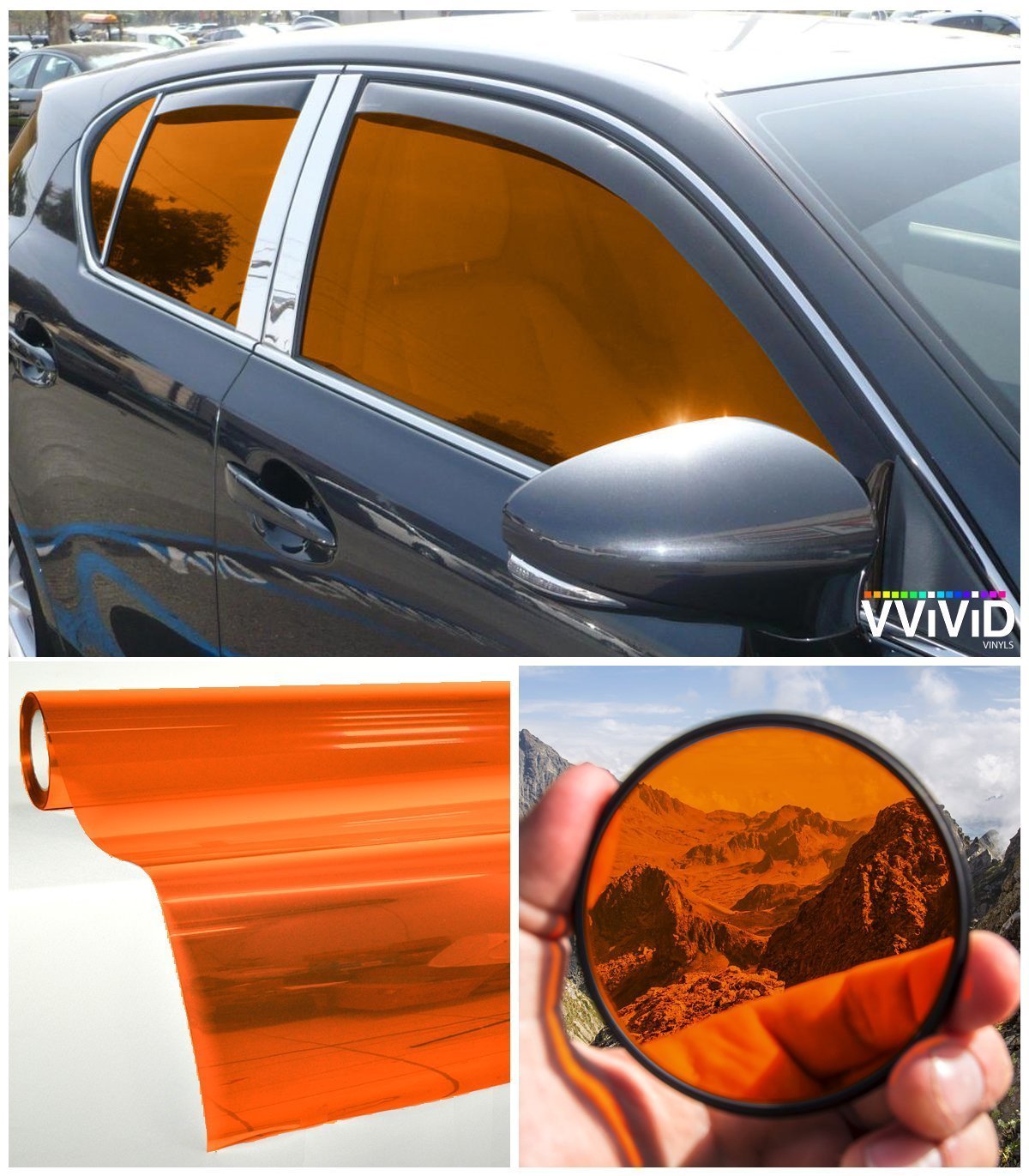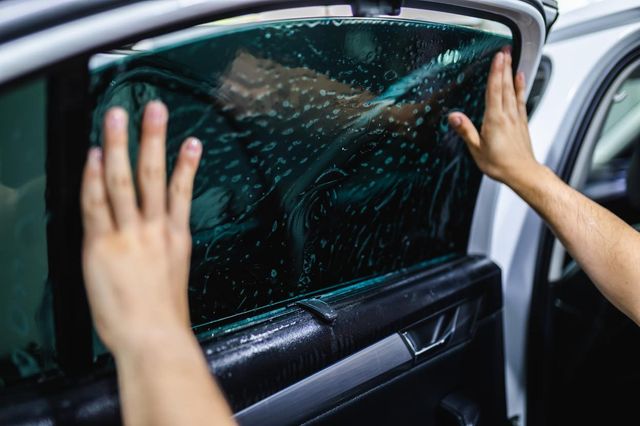Auto Window Tinting: What to Expect During the Setup Process
Auto Window Tinting: What to Expect During the Setup Process
Blog Article
Window Tinting Rules and Guidelines: What You Need to Know Prior To Tinting Your Cars And Truck
Prior to proceeding with home window tinting for your lorry, it is necessary to acquaint on your own with the varied legislations and standards that regulate this practice throughout different states. These regulations determine the allowable degrees of color darkness, usually determined by visible light transmission (VLT) portions, and consist of particular stipulations for front windshields targeted at guaranteeing roadway security. Additionally, particular jurisdictions may supply medical exceptions for people with qualifying problems. Comprehending these complexities can conserve you from possible legal implications, but what are the details regulations in your state?
Introduction of Home Window Tinting Regulations
Window tinting regulations are regularly based on variant throughout different jurisdictions, showing neighborhood regulations and safety factors to consider. These legislations dictate the permitted levels of tint darkness and reflectiveness on automobile windows, making certain that drivers keep appropriate presence while additionally protecting against harmful UV rays and warm.
Most regulations classify home window tinting based upon the Visible Light Transmission (VLT) portion, which indicates the amount of light that can travel through the home window. Normally, reduced VLT portions symbolize darker tints. Legislations frequently differentiate between the front, side, and rear windows, with more stringent limitations put on the front windshield to boost safety and security for both the vehicle driver and various other roadway users.
Conformity with window tinting regulations is crucial, as offenses can result in fines, mandatory removal of the tint, and potential increases in insurance costs. It is essential for automobile owners to acquaint themselves with local legislations before continuing with home window tinting installations.
State-by-State Tint Laws
Comprehending the details home window tinting regulations in each state is vital for car proprietors seeking to adhere to the legislation. Each state in the U.S. has established its own collection of guidelines controling home window tinting, which can vary dramatically. These laws frequently dictate the allowed degrees of color darkness, the kinds of home windows that can be tinted, and any type of clinical exemptions that may apply.
As an example, states like California have rigid constraints on tint darkness for front home windows, while others, such as New Mexico, might permit darker colors. Additionally, particular states mandate specific presence percents for different windows, including the windscreen, front side home windows, and rear home windows. It is critical for auto proprietors to familiarize themselves with their state's legislations to avoid potential penalties or fines.
Additionally, some states may call for a certification sticker label to be put on tinted home windows, showing compliance with state laws. Failure to follow these laws not just risks legal consequences but can also affect safety and presence while driving. Therefore, automobile owners must carry out thorough research or seek advice from regional authorities to ensure full understanding and conformity with state-by-state tint laws.
Allowed Color Kinds and levels
Lots of automobile proprietors might be stunned to learn that allowed color levels and kinds vary widely across different states. Each state has developed its own regulations pertaining to the permissible darkness and reflectivity of home window tint, commonly determined by Visible Light Transmission (VLT) percents. VLT describes the quantity of light that can pass with the tinted home windows; thus, a lower portion indicates a darker tint.

Additionally, the kinds of tint materials permitted can differ, with some states banning metal or mirror-like coatings. It is essential for car owners to familiarize themselves with their state's details regulations to guarantee compliance. Non-compliance can lead to penalties, compulsory elimination of the tint, or other lawful effects, making it crucial to comprehend these regulations before continuing with installment.
Medical Exceptions for Tinting
While not all states supply allocations for clinical exceptions regarding window tinting, those that do acknowledge the necessity for certain individuals to enhance visibility and convenience as a result of clinical problems. Numerous medical problems, such as lupus, skin cancer cells, and particular eye problems, can make individuals particularly delicate to sunlight. Consequently, these individuals may need darker colors to shield themselves from damaging UV rays and glare.

It is necessary to note that despite having a clinical exception, there may still be limitations on the level of color allowed. Conformity with state legislations ensures that individuals are both safeguarded and within legal restrictions. Those thinking about clinical exemptions try these out must call their local Department of Electric motor Cars or comparable authority to recognize the requirements and procedures needed to apply for an exception successfully.
Charges for Non-Compliance
Falling short to follow window tinting regulations can cause significant fines, which vary by state. Legislation enforcement companies are equipped to provide citations for lorries that do not stick to the specified tinting guidelines. These fines typically consist of fines, which can vary from small total up to several hundred dollars, relying on the severity of the infraction and the state in concern.
In some jurisdictions, repeated offenses may lead to intensifying fines or extra charges, such as obligatory court appearances. Non-compliance might demand the elimination of prohibited tinting, usually at the proprietor's expenditure. In severe situations, regular wrongdoers might encounter suspension of their vehicle enrollment until compliance is attained.
In addition, insurance coverage effects may arise from obtaining numerous citations for window tint violations. Insurance providers may watch such violations as an indication of riskier habits, potentially causing raised costs or difficulty in insurance coverage.
To avoid these penalties, it is important for car owners to familiarize themselves with their local home window tinting laws and ensure that their lorry complies (Window Tinting). This positive strategy not only avoids lawful implications however also advertises roadway safety
Final Thought

Most laws classify home window tinting find this based on the Visible Light Transmission (VLT) percentage, which shows the quantity of light that can pass via the home window. Compliance with window tinting guidelines is essential, as violations can result in fines, necessary removal of the tint, and possible increases in insurance coverage costs.Recognizing the certain home window tinting regulations in each state is vital for car owners looking for to abide with the law. These policies commonly dictate the allowable degrees of tint darkness, the types of windows that can be tinted, and any type of medical exceptions that may apply.
For instance, states like The golden state have rigorous constraints on tint darkness for front home windows, while others, such as New Mexico, might right here permit darker colors.
Report this page